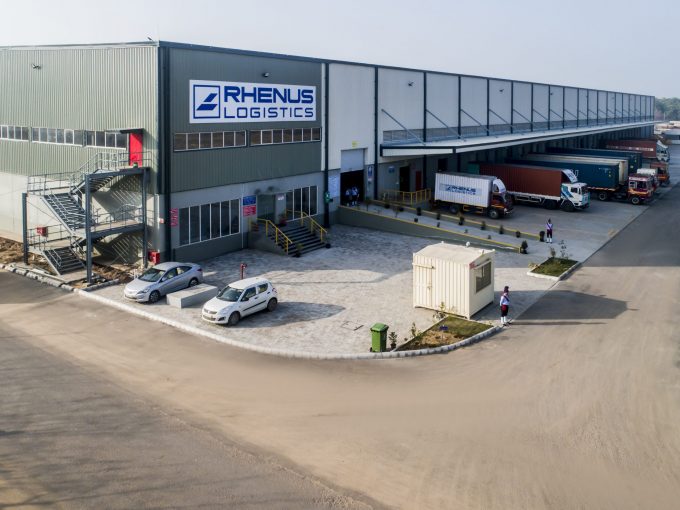TPM: Shipper-carrier power pendulum now swinging towards liners
Carriers have learned to say ‘no’, and are hiking contract rates as the shipper-carrier power ...

Rhenus Logistics has opened a mega-warehouse in India, continuing its Asia Pacific network expansion.
The 350,000sq ft facility in the city of Gurugram, south-west of Delhi, has capacity for 30,000 pallet positions and primarily serves customers in the consumer goods, automotive, engineering, industrial and chemicals sectors.
According to Vivek Arya, managing director of Rhenus Logistics India, the new flagship facility will “set standards” for Asian warehousing.
“Being located in one of the largest consumption areas across Asia, the new mega-warehouse is an important link ...
Volcanic disruption at Anchorage could hit transpacific airfreight operations
Macron calls for ‘suspension’ – CMA CGM's $20bn US investment in doubt
Forwarders stay cool as US 'liberation day' tariffs threaten 'global trade war'
Shippers snap up airfreight capacity to US ahead of tariff deadline
De minimis exemption on shipments from China to the US will end in May
Tighter EU import requirements proving 'a challenge' for forwarders
Looming Trump tariffs will create 'a bureaucratic monster' for Customs

Comment on this article
Hannah
June 25, 2020 at 8:42 amSeeing huge warehouses in the country is a sign that the future looks “developed”. Now that the name of the country has been taken out of the developing nation’s list despite all the political turmoil going on in the Indian peninsula, it is good to see that imports and logistics are doing their fair share at getting the economy back where it was.